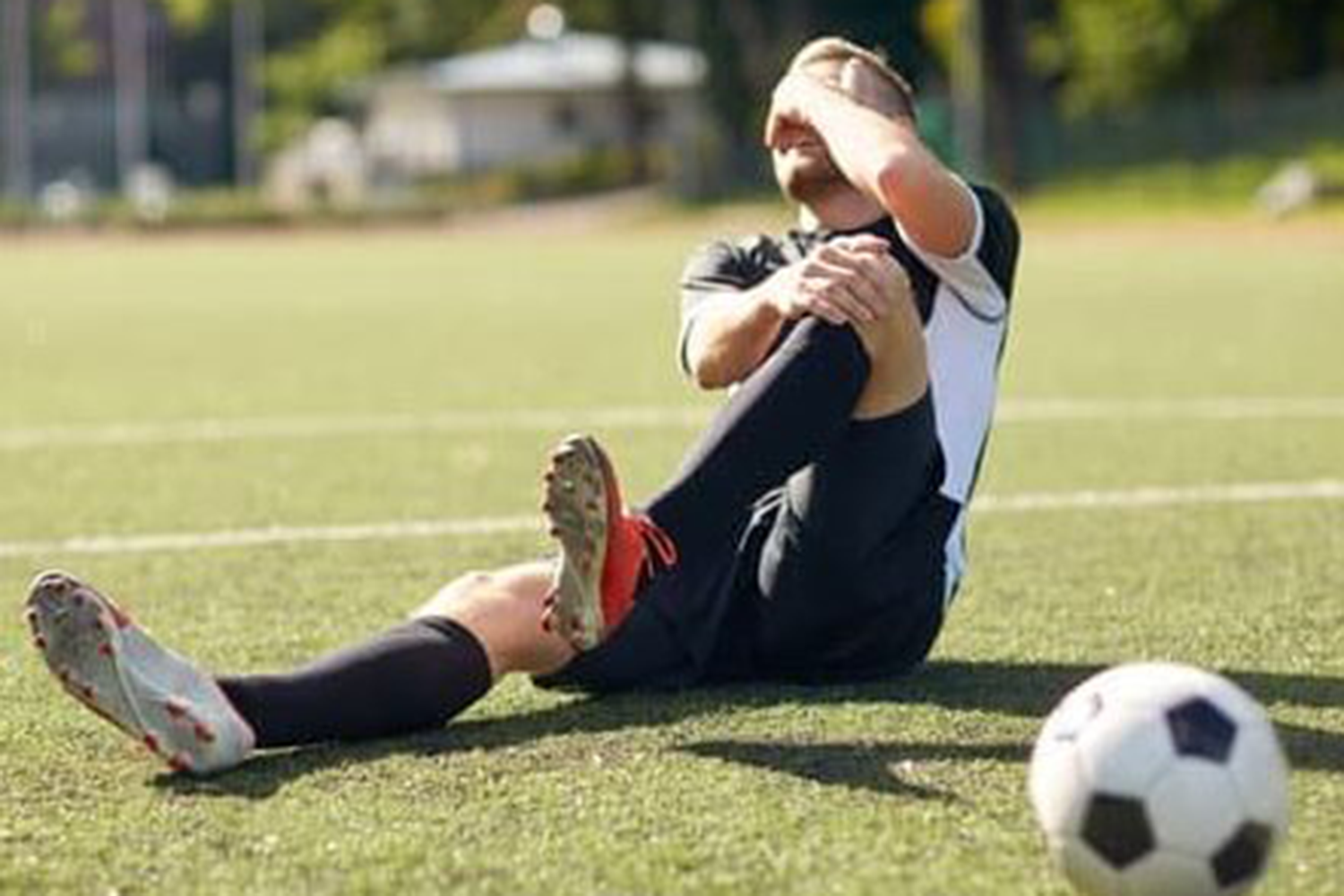The Facts on ACL Injuries

Anterior cruciate ligament (ACL) injuries are quite common in the US with approximately 80,000 people experiencing rupture and the usual culprit: sports participation1. The incidence of non-contact ACL injuries is the greatest in athletes ages 15-40 years who participate in pivoting sports with females more likely than males2. ACL ruptures are most often managed with reconstructive surgery (ACLr) to re-establish joint stability prior to returning to knee strenuous activities. Unfortunately, return to sport rates are quite low following ACLr (35% return to preinjury sport level) as well as there being rates of 3-22% for reinjury or 3-24% injury to the contralateral limb2.
Following the occurrence of injury/surgery, deficits in strength, strength ratios between limbs, rate of force development, reactive strength, peak power and altered biomechanical differences during functional tasks have all been shown in athletic populations despite participating in post-surgical physical therapy for 6-12 months duration3,4,5,6. Typically rehabilitation programs are focused on restoring strength, or the ability of a muscle/group of muscles to produce force. The goal is often to achieve 90% strength of the healthy limb, also termed limb symmetry index (LSI). This is often measured clinically with the use of an isokinetic dynamometer or if a clinic does not have such a device, the use of manual muscle tests.
Current clinical practice guidelines recommend the following test battery for return to sport: achievement of at least 90% LSI in quadriceps/ hamstring strength and hop testing outcomes as well as performing a quality of movement assessment2. While it is critical to assess strength levels to safely return to sport as many sport endeavors require high levels of force production, they often require the force to be produced very quickly. Such examples include the stance phase of sprinting (80-120ms)7 as well as re-stabilization of joints following perturbation to reduce risk of injury (<50ms) where often ACL injury occurs8. To compare, it has been reported maximal strength production to take about 300ms to produce9. Because of the specificity, it is therefore critical that strength is not only assessed, but also the rate at which an athlete produces it.

Be sure to check out our next post where we will discuss further the importance and distinction between strength and rate of force development as it applies to post-operative ACL rehabilitation.
Are you an athlete who recently suffered an ACL injury, is currently undergoing ACL Rehabilitation or are looking for that next step to bridge the gap from ACL physical therapy to Return-to-Play? We work with all types of athletes recovering from ,ACL injuries, taking them through a detailed process to return them back to sport safe and prepared to play! We focus on areas such as strength restoration, movement re-education and objective testing with the latest strength and force plate technology to assess progress and readiness for return-to-play. Learn more about our approach to ACL Rehabilitation, or reach out today to schedule a free consultation to see if we can help you.
References:
- Griffin LY, Agel J, Albohm MJ, et al. Noncontact anterior cruciate ligament injuries: risk factors and prevention strategies. J Am Acad Orthop Surg. 2000;8(3):141–150.
- Van Melick N., van Cingel R.E.H., Brooijmans F., Neeter C., van Tienen T., Hullegie W., der Sanden M.W.G.N. Evidence-based clinical practice update: Practice guidelines for anterior cruciate ligament rehabilitation based on a systematic review and multidisciplinary consensus. Br. J. Sports Med. 2016;50:1506–1515. doi: 10.1136/bjsports-2015-095898.
- Hsieh CJ, Indelicato PA, Moser MW, Vandenborne K, Chmielewski TL (2015) Speed, not magnitude, of knee extensor torque production is associated with self-reported knee function early after anterior cruciate ligament reconstruction. Knee Surg Sports Traumatol Arthrosc 23:3214–3220
- Knezevic OM, Mirkov DM, Kadija M, Nedeljkovic A, Jaric S. Asymmetries in explosive strength following anterior cruciate ligament reconstruction. Knee. 2015;21:1039–1045.
- Larsen JB Farup J Lind M Dalgas U. Muscle strength and functional performance is markedly impaired at the recommended time point for sport return after anterior cruciate ligament reconstruction in recreational athletes. Hum Mov Sci. 2015;39:73–87.
- King E. et al. Whole-body biomechanical differences between limbs exist 9 months after ACL reconstruction across jump/ landing tasks. Scand J Med Sci Sports. 2018.
- Beneke R, Taylor MJ. What gives Bolt the edge-A.V. Hill knew it already! J Biomech. 2010;43(11):2241–3.
- Krosshaug T, Nakamae A, Boden BP, Engebretsen L, Smith G, Slauterbeck JR, et al. Mechanisms of anterior cruciate ligament injury in basketball: Video analysis of 39 cases. Am J Sports Med. 2007;35:359–67
- Kline PW, et al. Impaired quadriceps rate of torque development and knee mechanics after anterior cruciate ligament reconstruction with patellar tendon autograft. Am J Sports Med. 2015;43(10):2553–8.
